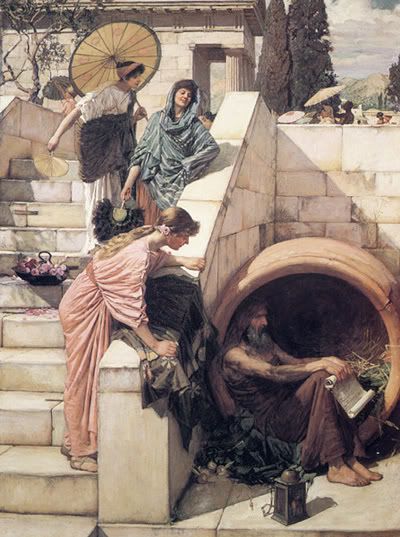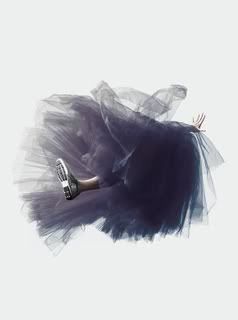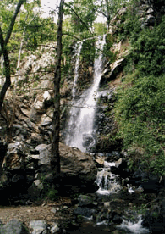 One MakeupAlley member notes: "If Divine's L' Inspiratrice is the good girl who always wears slips beneath her dresses, pearls and heels out to dinner no matter where she goes, and finds red nail polish too garish, L' Arte wears short skirts with heels, winks at all the boys, and never has to buy her own drinks".
One MakeupAlley member notes: "If Divine's L' Inspiratrice is the good girl who always wears slips beneath her dresses, pearls and heels out to dinner no matter where she goes, and finds red nail polish too garish, L' Arte wears short skirts with heels, winks at all the boys, and never has to buy her own drinks".By the minute you open up that vicious-looking box (all black opaqueness and glossy finish) and hold the funnily, yet friendly-shaped bottle you realise just what we lost by abandoning the powerhouses of the 1980s for ever; several nose-tingling masterpieces, that's what!
L'Arte is certainly one of the best releases from the Italian house, past and present, coming out rather late, in 1991, so it's probably natural it's tracing its roots in elements already featured in Paloma Picasso Mon parfum (the intensity of leather and the spiced oakmoss and patchouli blend), Niki de Saint Phalle (the herbal accents, starkly green) and most of all Diva by Ungaro (the astoundingly chypre tonality of its lush rose and the powdery clout). No perfumer is known, alas, so if you have this info, fill me in, I'm intrigued.
If you like your roses shaded, dark, thorny and abstractly woody-powdery (nay, "perfume-y" and very expensive smelling!) and if Guerlain's Rose Barbare, Lady Vengeance by Juliette has a Gun, Sisley's Soir de Lune, Rose de Nuit by Lutens and even Voleur de Roses by L'Artisan have hinted at delights which you always meant to further explore, look no further than the Gucci portfolio and this inexplicably underrated gem. Brassier than the above, L'Arte's prolonged dryout of mossy, powdered leatheriness is enigmatic and full of tawny smoothness.
L'Arte di Gucci wraps its intensely rosy heart garlanded with hypnotic, greenish narcissus into a luminous, characteristic aldehyde burst (evoking half part soap and the other part slightly overripe fruit) like a whirlwind into one of my favourite 80s pop tunes, Kim Carne's Betty Davis Eyes; hysky-voiced, with a swagger in her stride, dressing to impress. Yet the astounding thing is those were more innocent times than today, "pure New York snow" and all notwithstanding. I guess this fangled vampire with "lips sweet surprise" and luminous, deeply honeyed eyes which reminds me of tailored curvaceous suits that yes, Betty Davies might wear, preferably after a manipulation or two, is more girly and good than taken credit for.
"And she'll tease you, She'll unease you, All the better just to please you..."
 Long discontinued, it can still be found sometimes online (there is a 1oz bottle available at Amazon right now) and on Ebay,although for alarmingly increasing prices.
Long discontinued, it can still be found sometimes online (there is a 1oz bottle available at Amazon right now) and on Ebay,although for alarmingly increasing prices.The unusual bottle was designed by Serge Mansau and is presented in opaque black in the miniatures circulating.
Notes for L'Arte di Gucci: Bergamot, fruits, coriander, aldehydes, greens, rose, jasmine, lily of the valley, mimosa, tuberose, narcissus, geranium, orris, amber, musk, oakmoss, patchouli, leather, vetiver.
Related reading on Perfume Shrine: Chypres series
Evelyn Tripp by William Klein, photo Smoke & Veil from 1958 Vogue via Loose Leaf Tigers.
Bottle pic via Ebay
.jpg)
.jpg)
.jpg)

.JPG)



.jpg)
















